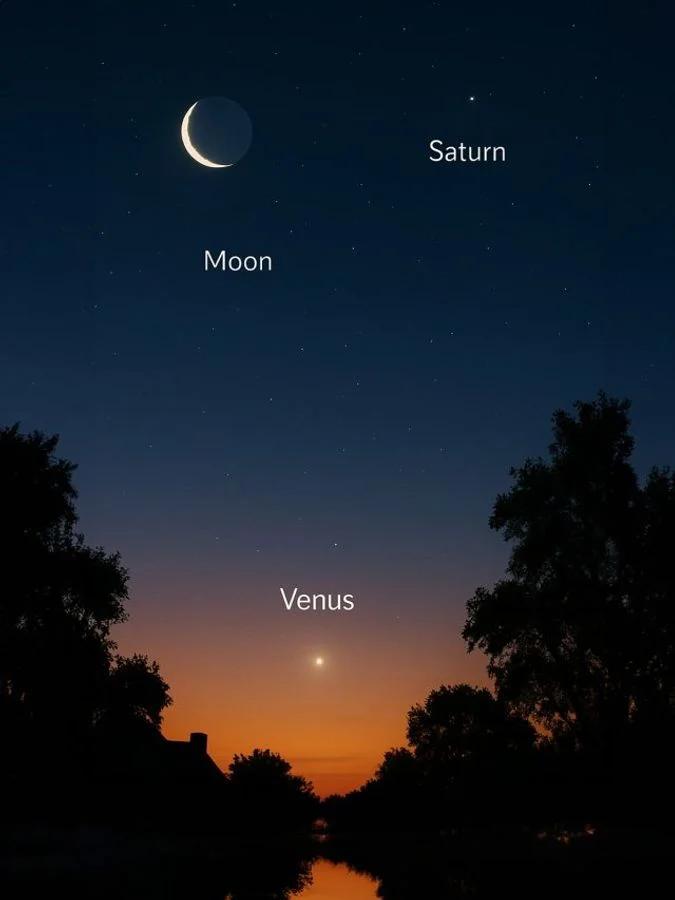
Rare Planet Parade to Light Up May Skies: A Stargazer’s Delight
Get ready for a celestial spectacle! From May 19 to 25, 2025, skywatchers in the Northern Hemisphere are in for a treat: a stunning planet parade aligning several bright planets with the waning crescent Moon. This rare event promises breathtaking views in the dawn sky, making it a must-see for astronomy enthusiasts.
According to Forbes astronomy writer Jamie Carter, this week presents a unique opportunity to see the Moon in close conjunction with several planets, creating a mesmerizing panorama. Let's break down the highlights:
The Moon's Last Quarter Phase: On Tuesday, May 20, the Moon reaches its last quarter phase, rising around midnight. This phase offers exceptional clarity through telescopes, ideal for observing lunar surface details along the terminator – the boundary between lunar day and night.
Moon Meets Saturn and Venus: The pre-dawn hours of Thursday, May 22, bring a captivating conjunction as the waning crescent Moon appears just three degrees away from Saturn. Adding to the beauty, Venus will glow brightly below the pair near the horizon. 
The Grand Finale: Saturday, May 24, offers the final chance to see the Moon before it disappears into the sun's glare. The thin crescent Moon will be positioned just to the left of Venus, creating what's often called the "old Moon in the new Moon's arms." This forms part of an impressive celestial panorama, with Saturn above, followed by Venus, making it a perfect photo opportunity.
Spotting Neptune: Early risers on May 22nd might also catch a glimpse of Neptune lurking near Saturn, though binoculars or a small telescope will be needed to resolve its pale blue disk.
Telescopic Views: Space.com recommends the Celestron NexStar 4SE for beginners wanting quality views. With telescopes providing detailed views of Saturn's rings and moons, the lunar maria and cratered highlands also become fascinating targets.
Beyond the Planets: This week also presents an opportunity to observe Corvus, the constellation known as “The Crow.” While often overlooked, it’s relatively easy to find using the curve of the Big Dipper’s handle to “arc to Arcturus” and “spike to Spica.”
Whether you're an experienced astronomer or just starting out, this week's planet parade is an event you won't want to miss. Check apps like Stellarium for precise timing, and prepare for a rewarding week of skywatching.
Will you be setting your alarm to catch this celestial show? Share your thoughts and observations in the comments below!